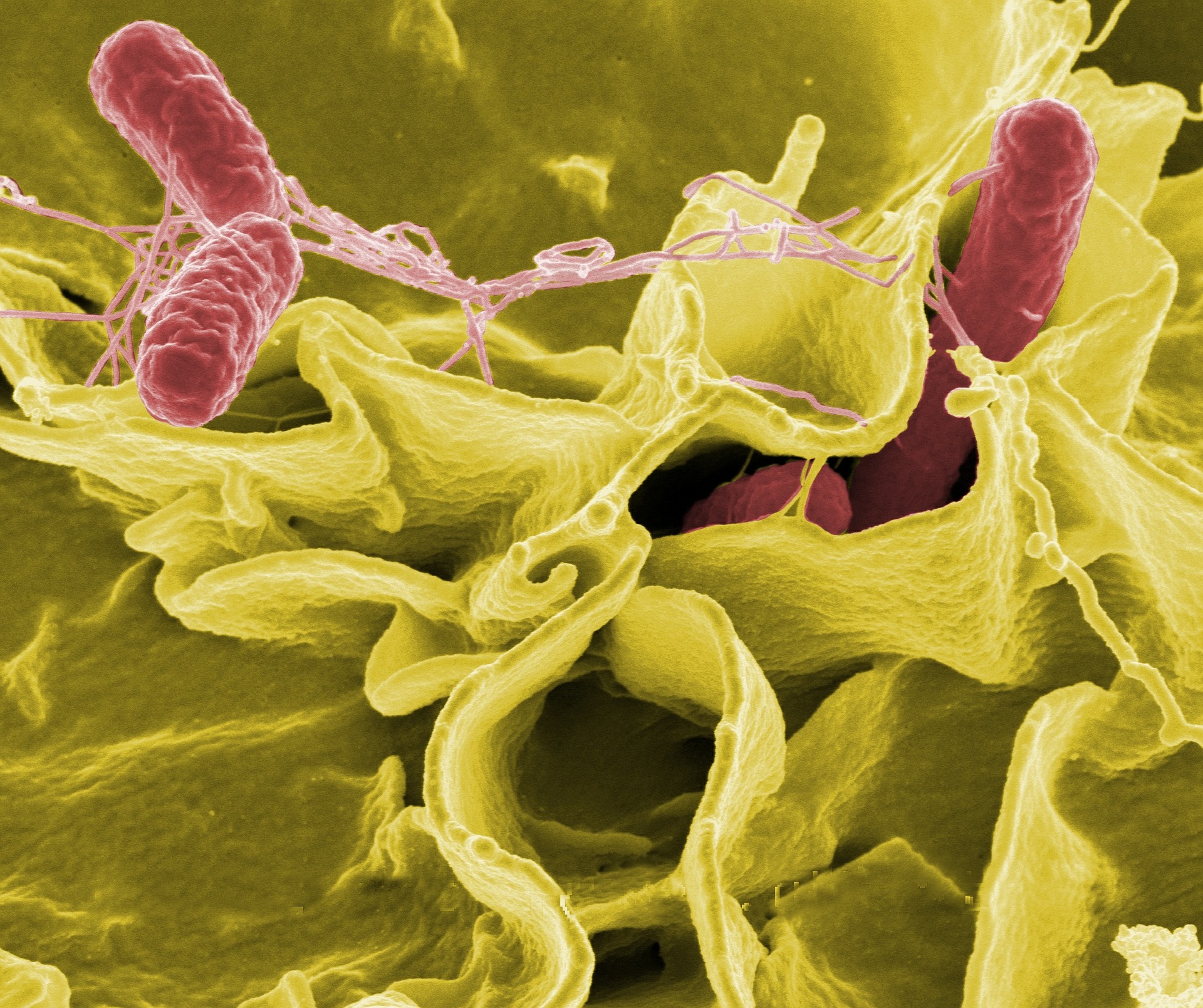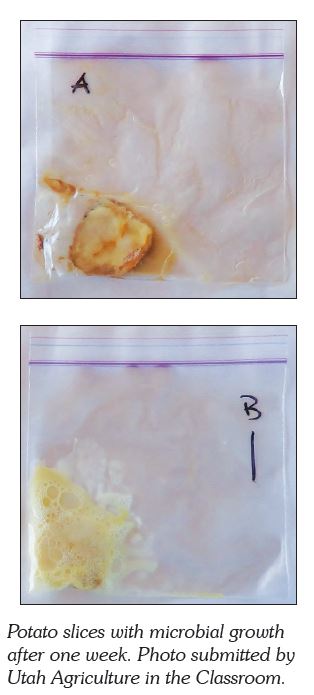School is in session and there is excitement in the air—or are those germs?! Classrooms everywhere are full of students and the numerous microorganisms that all people carry. Highlighting the microscopic world of germs and teaching good hygiene practices will help keep students healthy all year long.
Microorganisms are ubiquitous—that means they are everywhere—and are generally invisible to the naked eye. While microorganimsms may live everywhere, most are harmless. It’s the few malicious, pathogenic, and contagious microbes, generally called germs, that require intervention to avoid illness.
Despite the fact that you can’t see them, a wide variety of shapes, sizes, and types of microorganisms are at work in the world. Most can be classified as bacteria, viruses, protozoa, or fungi, and within each of these categories are species that can be helpful, harmful, or neutral to humans. All people are hosts to microorganisms, which colonize our bodies, forming what is called our microbiome. In fact, in a healthy adult, microbial cells are estimated to outnumber human cells ten to one. Scientists have been working on a project called The Human Microbiome Project which has created a “map” of this biome by studying and recording the microbes in healthy people. Humans aren’t the only ones with microbiomes either. In fact, cows must rely on the microbes in their stomachs to digest their food—they can’t do it alone!
When people get together, the microorganisms that live on them may spread. This becomes a problem when we share germs that cause sickness. We don’t even have to touch each other to trade germs, it can be as simple as using the door knob or picking up a piece of paper that someone sneezed near. People can also pick up germs from other places like food and soil. In most cases, people won’t even notice that there are new germs on their hands or even in their mouths. But sometimes, there are “bad guys” that can get past our immune system and make us sick. The goal of handwashing and other forms of good hygiene practices, like cleaning and disinfecting shared desk surfaces, carefully handling food, and covering your mouth when you sneeze, is to prevent the bad germs from getting into your system and making you sick.
Bacteria are everywhere, including our water supplies. Water supplies in the United States are tested and treated regularly, so we can normally drink water without concern. However, waterborne diseases are common in many other parts of the world where water is not tested and treated. Many deaths in developing countries are caused by diarrhea and related dehydration. Poor sanitation contributes to the spread of bacterial disease, such as cholera, food poisoning, and shigella (shigellosis).
Grocery stores and restaurants in the United States must follow many health standards concerning food safety. They are responsible for providing us with high quality, safe food. Health inspectors routinely inspect establishments that make and sell food to make sure they are following the guidelines. If health inspectors find that a business is not, they can penalize them by closing the business for a specific amount of time or perhaps indefinitely. Eighty-five percent of the cases of food-borne illness caused by bacteria can be avoided with proper food handling. Keys to food safety are washing hands, checking expiration dates, washing surfaces and utensils with hot, soapy water, refrigeration and freezing, rinsing fruits and vegetables, and storing foods in proper places.
In the United States, we are fortunate to have a government that makes food safety a priority. In some countries, food may be produced or imported, but it is spoiled by pests or microorganisms due to poor storage. Pests (insects and rodents) and microorganisms (bacteria, mold, yeast) are the two chief causes of food spoilage. Food must be transported, stored, and prepared correctly to ensure that it does not spoil or grow disease-causing bacteria.
All food will spoil if it is not preserved in some way. Some foods such as nuts and grains can be stored for a long time without spoiling. Other foods such as bread and milk must be consumed quickly. Foods can be preserved in many ways. Canning, freezing, and dehydrating are just a few methods. Spoilage may occur before there is a change in taste or odor. Therefore, consumers should read expiration dates before eating food products bought from grocery stores.
 Indicate that some class members have exhibited some alarming symptoms or role play with students some “make believe” symptoms you are having. Let them know that you have reason to believe that some microorganisms caused the diseases.
Indicate that some class members have exhibited some alarming symptoms or role play with students some “make believe” symptoms you are having. Let them know that you have reason to believe that some microorganisms caused the diseases.